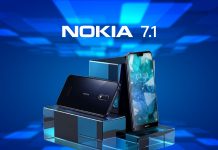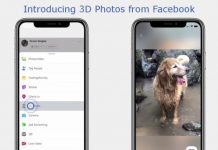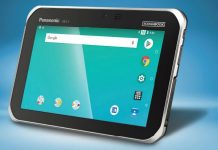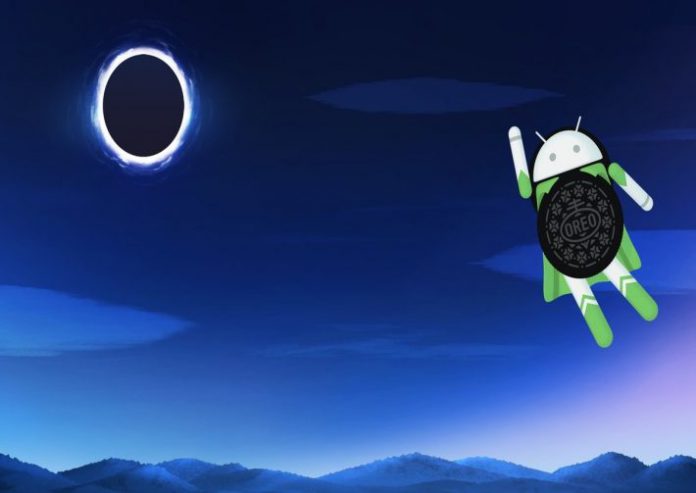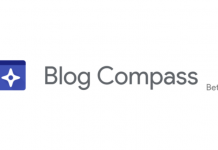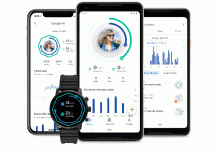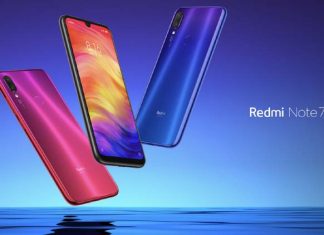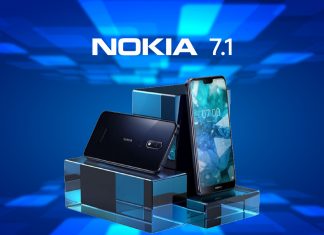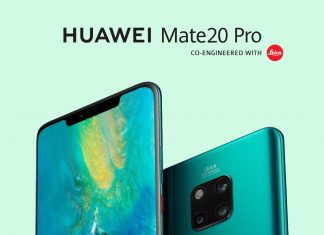On August 21, 2017, the day of the total solar eclipse, telecom giant Google did two things – live streaming the eclipse video, and revealing information about its newest Android platform – Oreo. This is the second time since the first version of the Android operating system rolled out that Google teamed up with a commercial partner. The first one being the Android 4.4 or KitKat named after the choco-wafers from Nestle.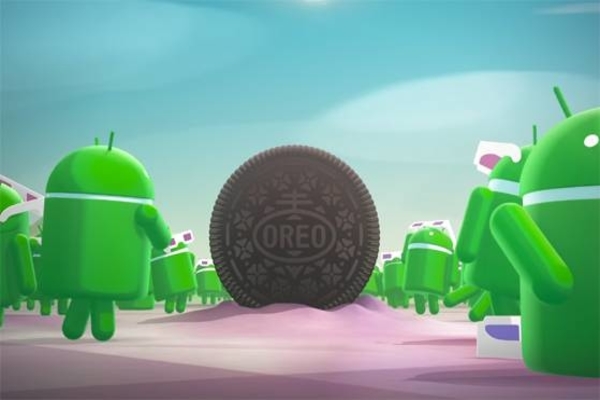
To be available for Pixel and Nexus users soon, Oreo’s code has already been uploaded by Google engineers onto the Android Open Source Project. The final build will arrive for only those devices which are enrolled in the Android beta programme for now. But by the end of the year one can expect devices from Essential, HMD Global, Huawei, HTC, Kyocera, LG, Motorola, Samsung, Sharp, and Sony to either come with Oreo out-of-the-box or through over-the-air (OTA) updates.
The new version comes with features, such as picture-in-picture support, faster apps, power saving, broadcast and location updates, and faster reboots. Project Treble, introduced by Google with this update, will help Android updates seed seamlessly since the entire process will be devoid of vendor implementations.
Additionally, there are new changes brought onto the surface of devices. The text selection gets easier with Oreo and with the help of machine learning, Android will recognize the need to copy/paste an address, URL or phone number. Blob emojis will get replaced with newer ones which are closer to the standard issue circular ones being used on other platforms, such as iOS and WhatsApp.



